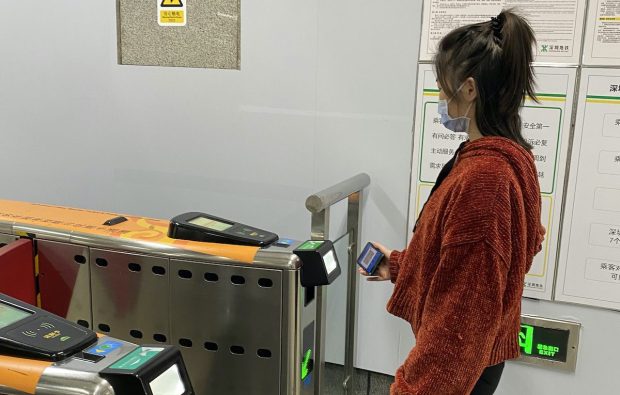Alipay+ Promotes Contactless Travel as China Reopens

Alipay+ is offering travelers from Hong Kong an easier way to visit mainland China.
The Chinese online and mobile payments company, owned by tech giant Ant Group, says riders from Hong Kong can now use the AlipayHK app to pay for subway rides in the city of Shenzhen.
The offering is timed to coincide with China’s lifting of COVID travel restrictions for inbound visitors, which ended Sunday (Jan. 8), Alipay said in a news release.
“As the demand for travel between the mainland and Hong Kong remains strong and cross-bound activities begin to normalize, we expect to witness the wide adoption of AlipayHK on the Chinese mainland, where Alipay+ solutions have already been adopted by millions of merchants that are ready for the return of international travelers,” said Venetia Lee, general manager of Ant Group’s greater China international business.
The lifting of those restrictions was a “holiday gift” to the travel industry, PYMNTS wrote recently, allowing visitors to China to show only that they tested negative for the coronavirus 48 hours before their arrival.
In an interview with PYMNTS’ Karen Webster, Visa Global Senior Vice President, Merchant Sales and Acquiring Jeni Mundy spoke about the commercial potential of travel normalization to China and the Asia-Pacific region.
“We have seen payment volumes at 16% above 2019,” Mundy said. “Within that, we are seeing Asia at around 70% of 2019 levels, so still down from 2019. The mix is different. China is such a large economy, a large population, and a population that likes to travel, we do expect to see China opening having an impact, probably a significant impact, with Asia still being down.”
Other sectors are also hopeful that China’s more relaxed travel restrictions will bring business their way.
As PYMNTS noted in December, the ending of restrictions is expected to allow for the return of tourists from China, who account for the planet’s largest base of tourist spending. They’re also big buyers of luxury goods, purchasing about one-third of luxury products in 2018.
But that changed during the pandemic. In April, global fashion, perfume, leather and liquor conglomerate LVMH told investors that its Asian revenues, excluding Japan — its single-largest geographic region which makes up 37% of revenue worldwide — saw first-quarter growth slow to 8% this year compared to 86% in 2021.
During the almost three-year absence of Chinese tourism, a number of luxury retail locations in Europe closed their doors. By contrast, in the wake of the news of the easing of travel restrictions by China, some luxury brands saw their stocks climb by as much as 2.5% as investors anticipated a return of these buyers, according to a Wall Street Journal report.
